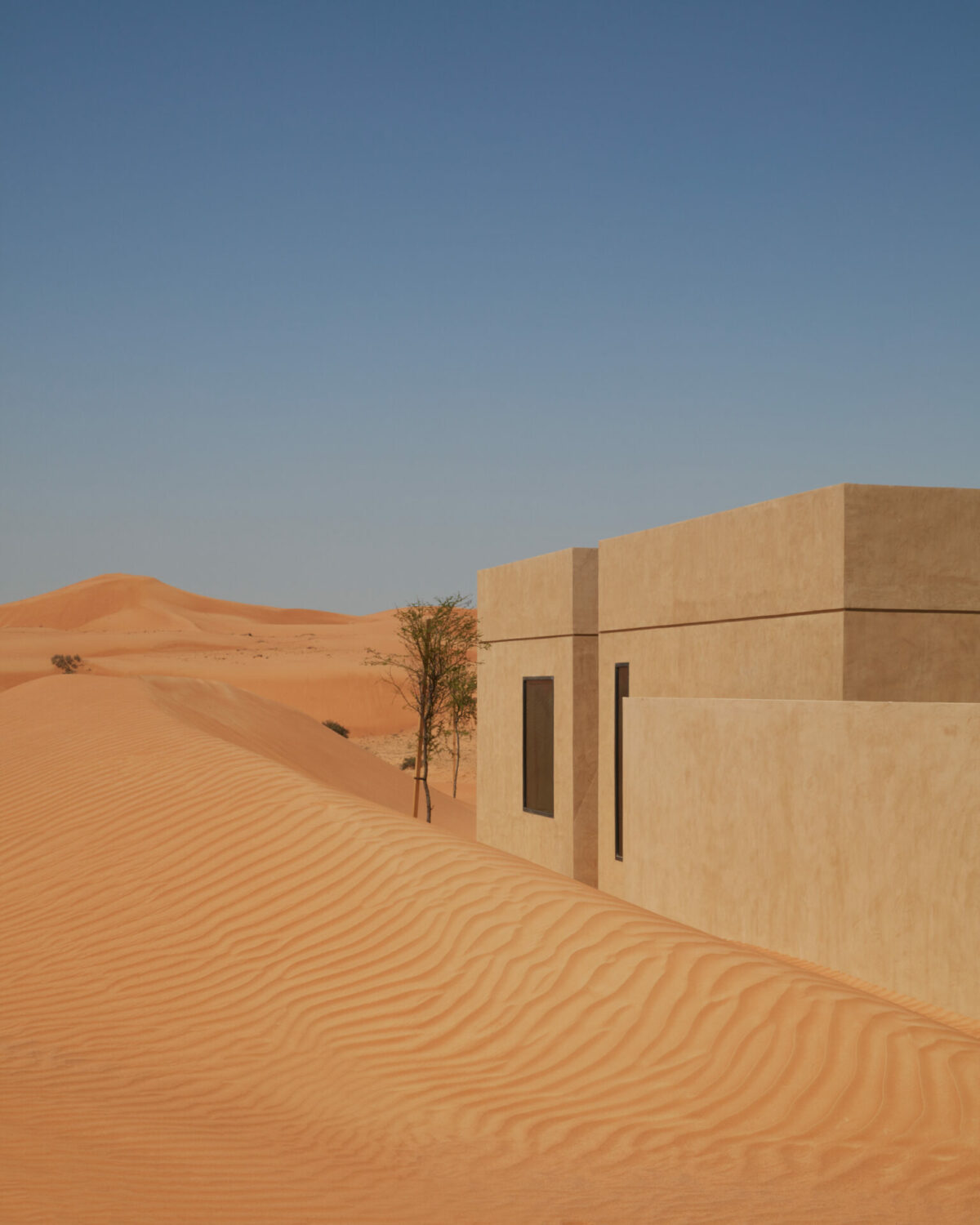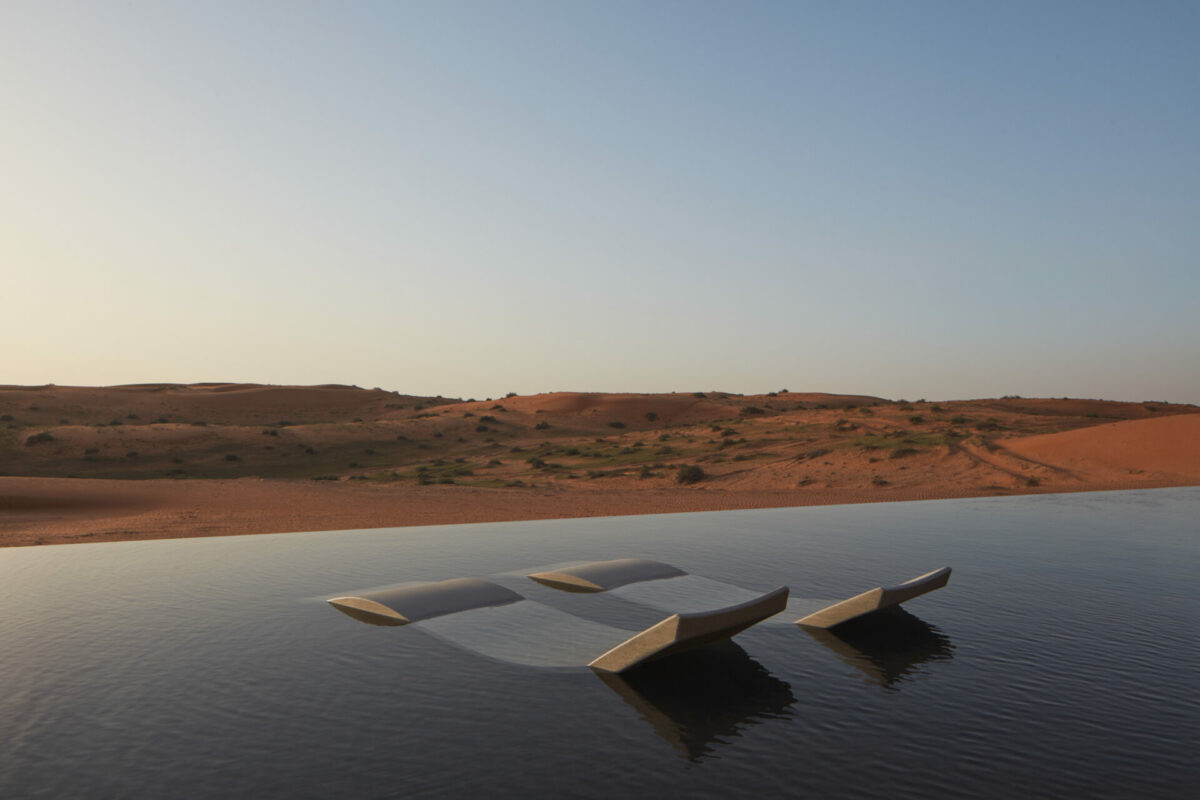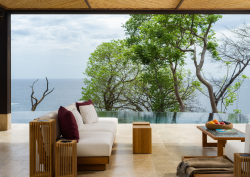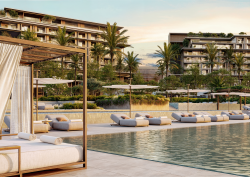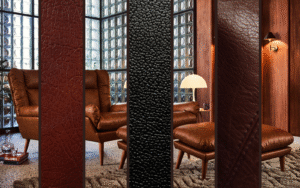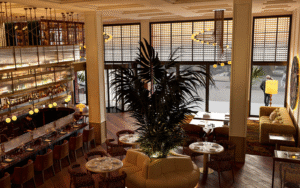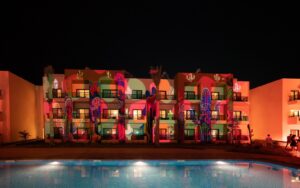Catching up with Dubai-based design studio H+A, Hotel Designs learnt more about its latest project in the heart of the Al Wadi Desert…
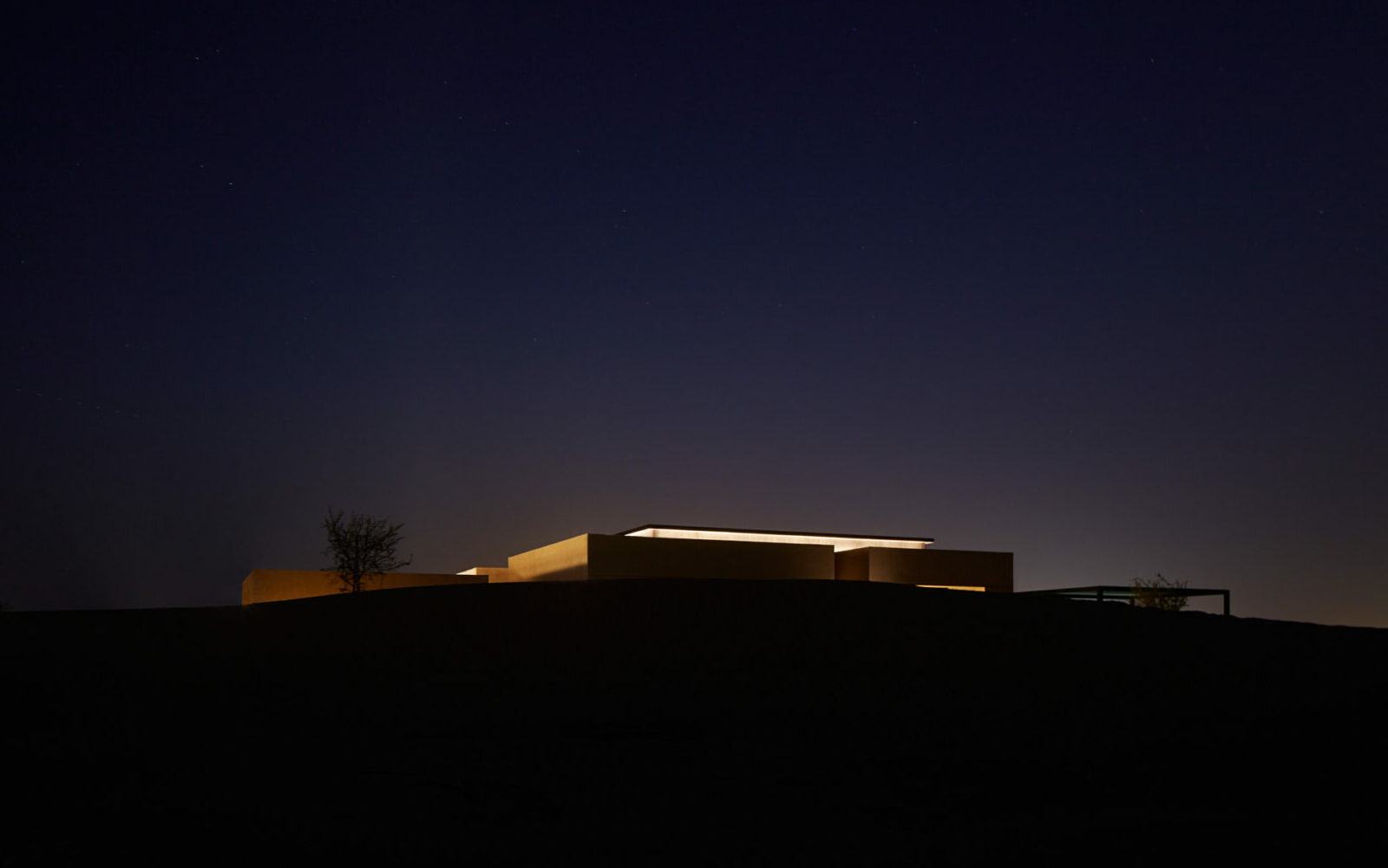
Founded on more than 15-years worth of healthcare, hospitality, and lifestyle residential experience, interior design and architecture studio H+A has poured every inch of that history into its latest project: eight Signature Villas for Ritz Carlton in Dubai.
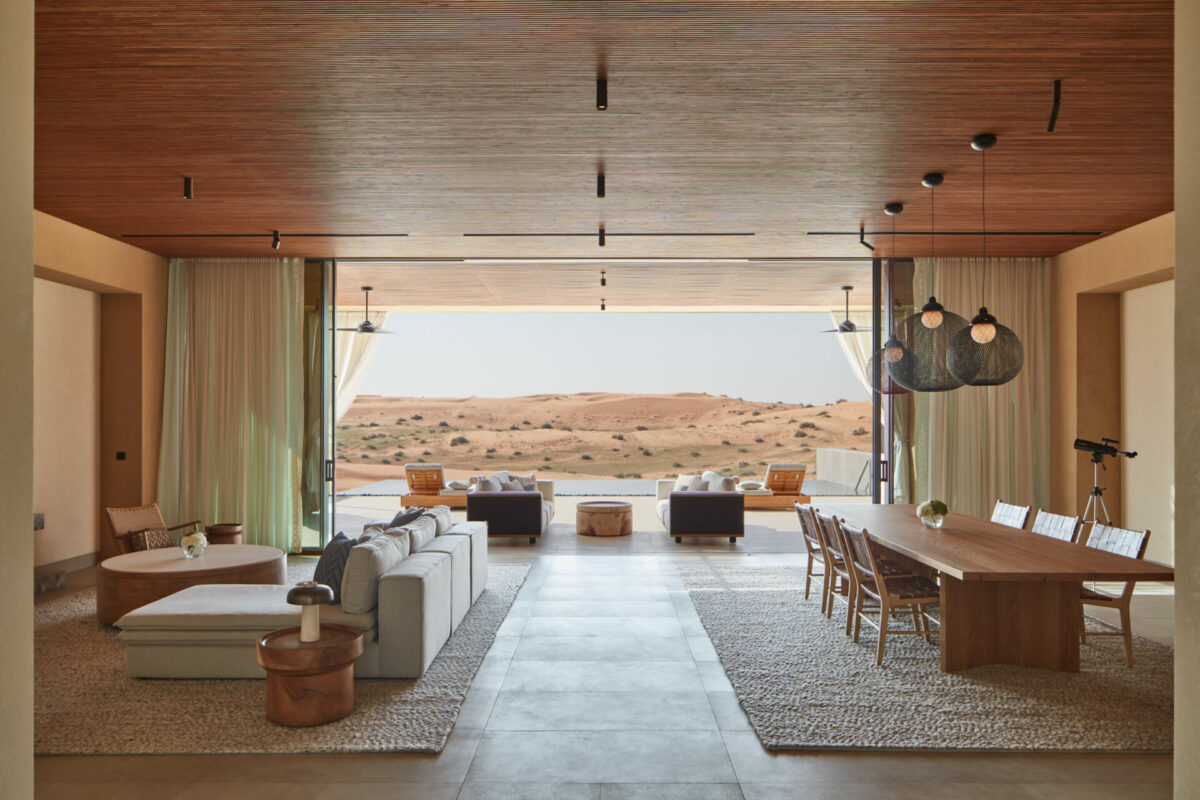
Image credit: H+A
A project fuelled by the studio’s design philosophy that positions human experience at the heart of the approach, the two-bedroom Signature Villas in the Al Wadi Desert are designed to accommodate guests for a complete break away from the demands of urban life, while still providing the highest level of comfort.
Design Director at H+A, David Lessard, said: “We understand that today’s traveller wants something distinctive. It’s less about the superlative luxury of ten years ago, and more about finding a haven that allows them to step away from the digital and into the visceral.
“They are searching for escape, and so we’ve designed a response to this, a space that anticipates their needs, is sympathetic to the environment, is unapologetically beautiful and quietly expensive.”
-
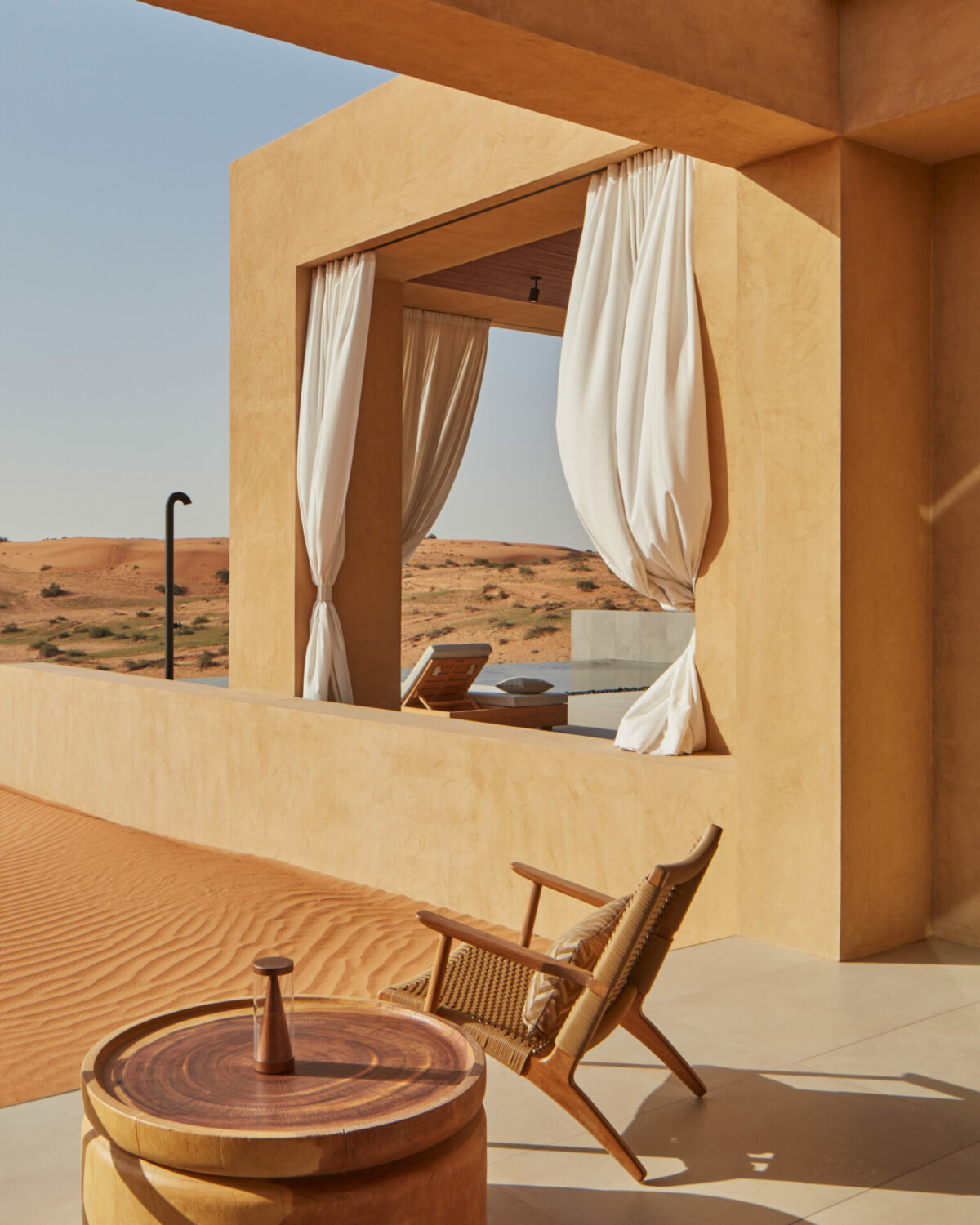
- Image credits: H+A
The Signature Villas for Ritz Carlton are situated on a 1,23-acre private nature reserve in the desert and offer guests complete privacy to connect with themselves and to the natural environment, as each desert villa has been strategically planned to synchronise with the flow of the surrounding sand dunes.
Wanting to create a quiet spot for guests to disapparate within to, the studio team conducted research to ensure that the architecture and interior design evocated the local place and its culture.
-
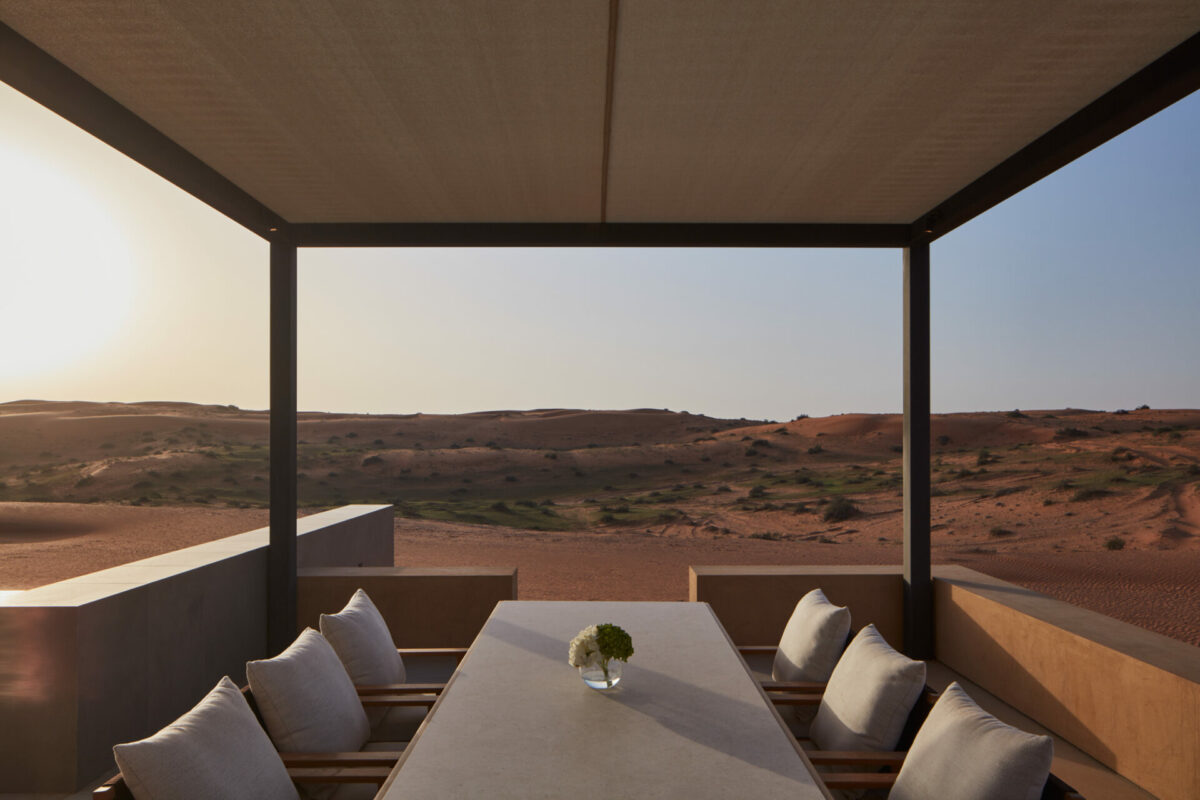
- Image credits: H+A
Each of the villa’s architecture is a reimagining of a traditional Barasti home — a desert home, rectangular or square in shape made from available wood. References toward the local region’s flora and fauna have been smartly executed, with drought-resistant plants used within the xeriscaping, for continuation of the natural local environment; and the desert palette and craft techniques employed to curate the villas all play a significant part in creating a regionally sensitive and culturally cohesive guest experience.
The limestone fireplaces, handmade teak furniture and handwoven rattan pieces included within the Ritz Carlton villas were also sourced locally, fusing the architecture and interior design methodologies beautifully and creates a sense of home-away-from-home.
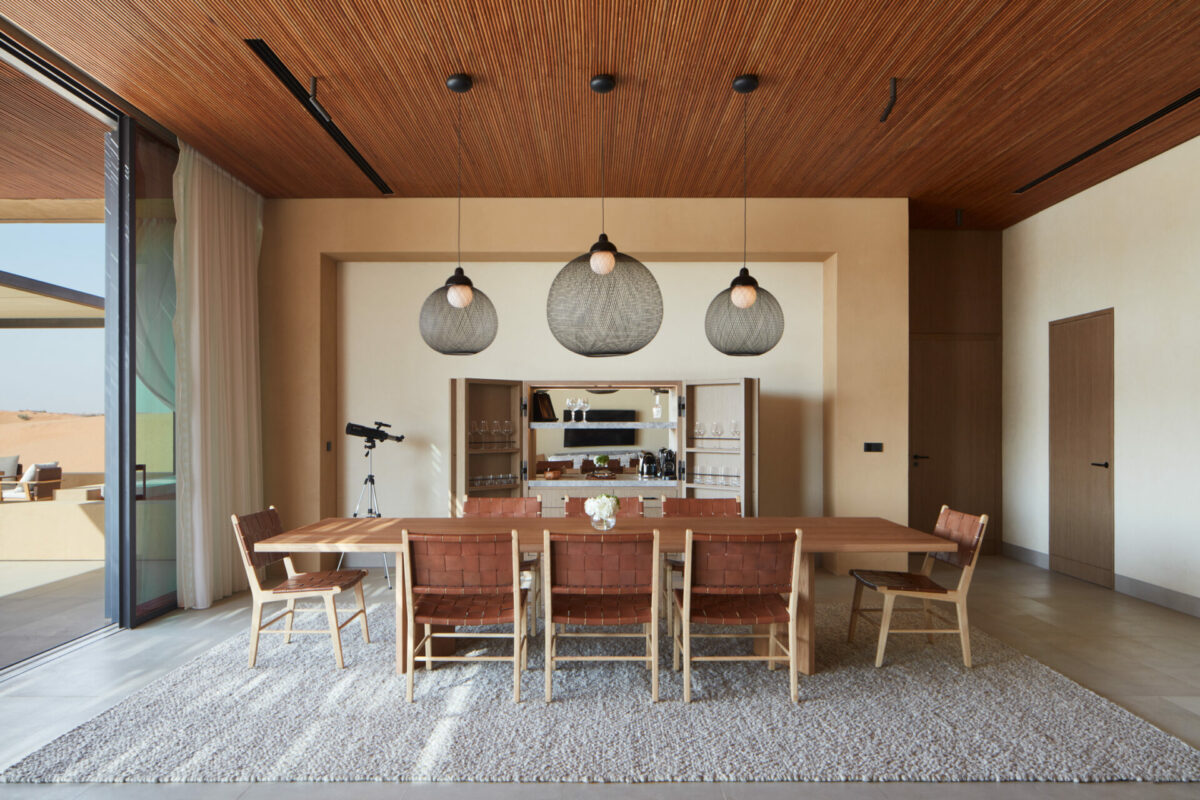
Image credit: H+A
“We were obsessive and highly intentional on every detail,” continued Lessard, “the ceilings in the villa are barasti timber slats that were all placed by hand. The tone of each one was slightly different, which lent itself to the authenticity of the space.”
Sitting in the heart of Ras Al Khaimah’s Al Wadi Desert, H+A chose to integrate traditional construction methods within its design, such as low-rise monolithic walls that help to deflect heat and capacious entrances and roofed courtyards to diffuse light. To minimise energy consumption, the studio used solar and advanced heat recovery.
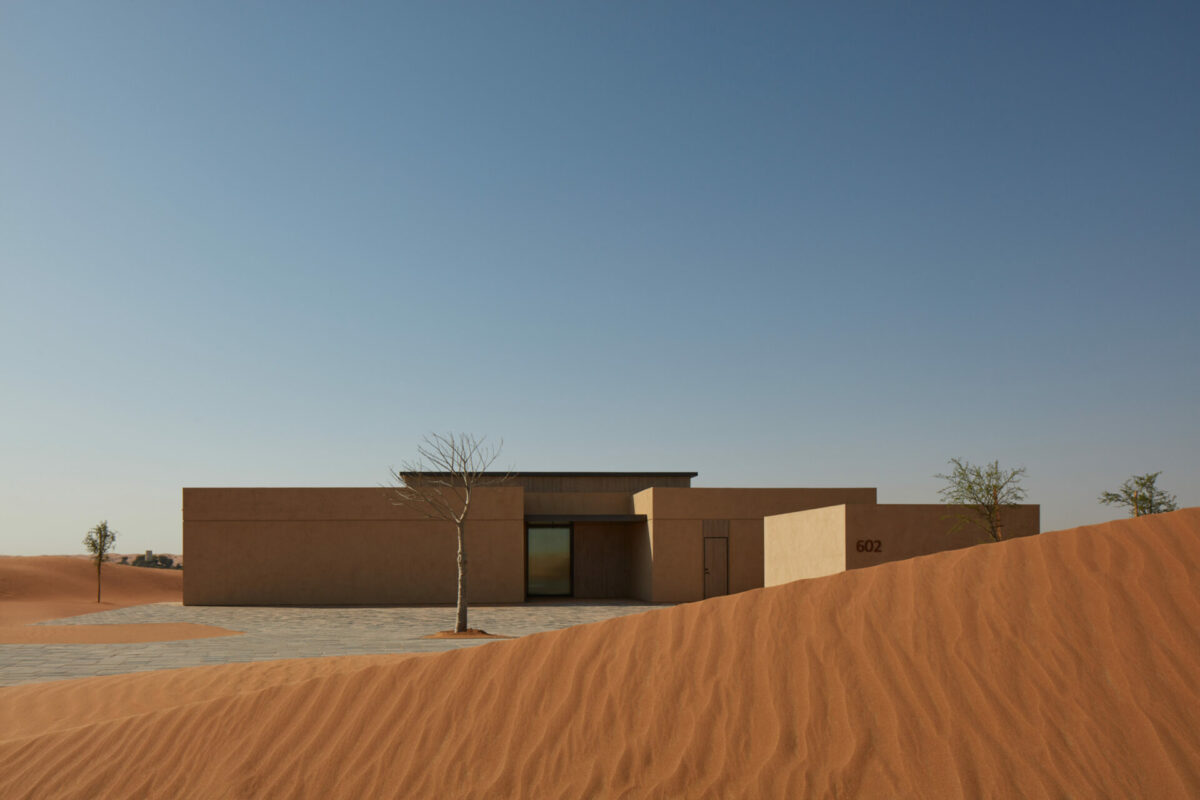
Image credit: H+A
“We believe that this project sets a new precedent,” Lessard concluded. “Being scrupulous about the design details, local sourcing, natural materials and budget, minimises unnecessary consumption and ultimately benefits everyone.
“Our pragmatism is a result of technical proficiency and innovation — which allows us to create more cost effective solutions that positively impact the environment, the client and the guest. We are redefining luxury in the face of a fast-changing global situation.”
Main image credit: H+A






